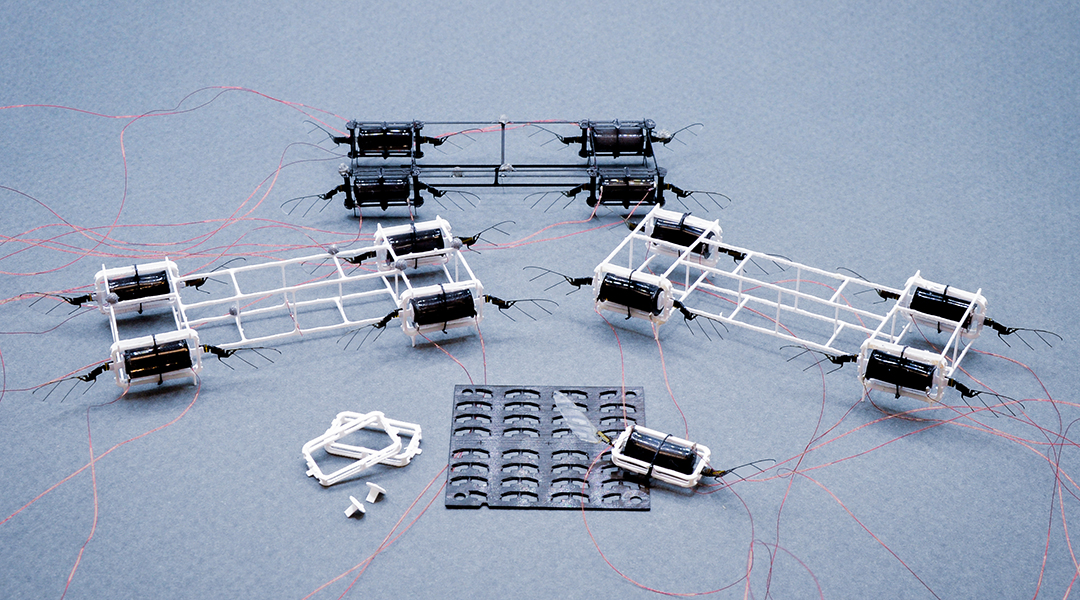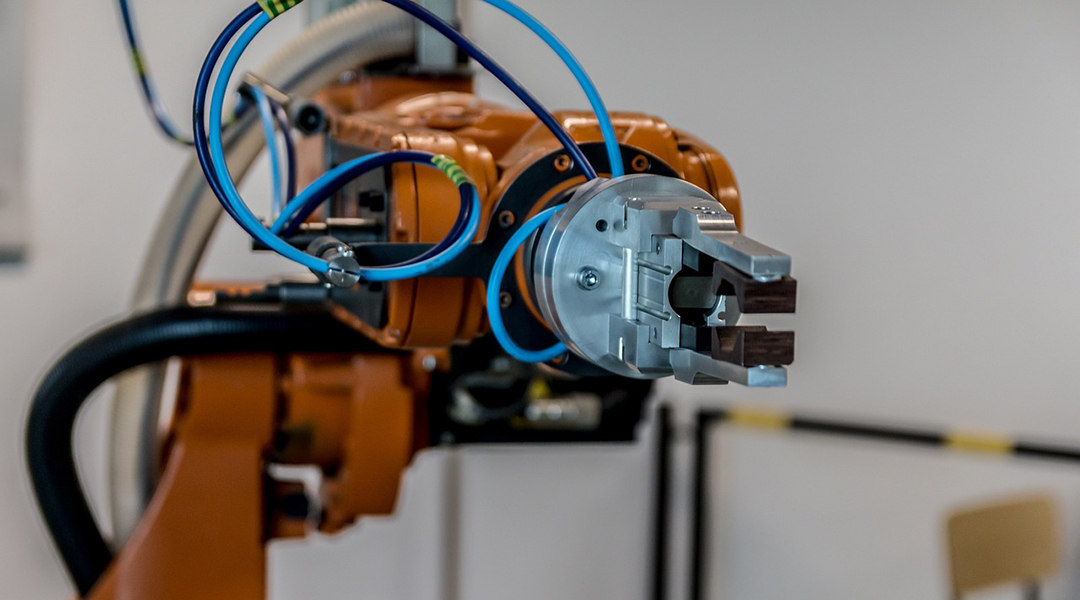To make swarms of honeybee-sized robots, researchers propose new design and fabrication methods to cut down on time and resources.


To make swarms of honeybee-sized robots, researchers propose new design and fabrication methods to cut down on time and resources.

Comparing simulated X-ray emissions from galaxy clusters to real observations provides support for the Standard Model of Cosmology.

An intelligent eye tracker allows for accurate, hands-free remote control of robots without the need for joysticks or other devices.

A new study proposes a technique to print images on a special surface such that they can only be seen by authorized recipients.

People cannot reliably tell whether a text is produced by a human or a machine — but subconscious neural activity reveals the true identity.

Understanding room temperature superconductivity one step closer thanks to researchers looking at the effects of pressure.

Scientists are investigating how fullerene nanomaterials can be used as antivirals against different variants of SARS-CoV-2 and other viruses.

Event cameras mimic the human eye to allow robots to navigate their environment, and a new approach helps minimize computational costs.

Using 19 different quantum computers, scientists demonstrate how entangled particles break limitations in accuracy on the sub-atomic scale.

Sending atomic and nuclear clocks into the inner reaches of our solar system could help scientists find proof of elusive dark matter.